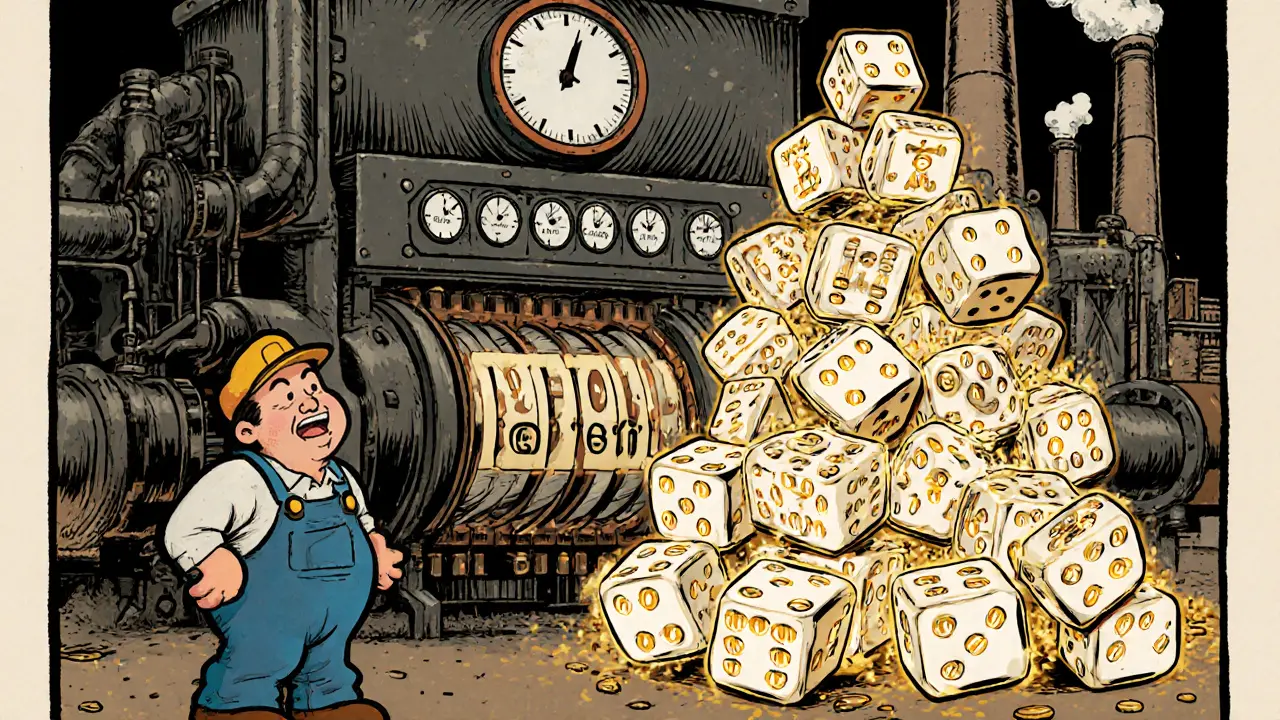Hash Rate Explained: What It Is and Why It Matters in Crypto Mining
When you hear hash rate, the speed at which mining hardware performs cryptographic calculations to validate transactions on a blockchain. Also known as mining power, it’s the backbone of proof-of-work blockchains like Bitcoin and Ethereum Classic. Higher hash rate means more computers are competing to solve the next block—making the network harder to attack and more reliable. But it’s not just about raw speed; it’s about security, cost, and who controls the network.
Think of hash rate like a digital security system. The more processing power locked into mining, the harder it is for a single group to take over the network. That’s why Bitcoin’s hash rate hitting 800 exahashes per second isn’t just a number—it’s a shield. If the hash rate drops suddenly, the network becomes vulnerable. That’s happened before with smaller coins like Verge and Monacoin, where attackers reorganized blocks and stole funds. Meanwhile, mining difficulty, the automatic adjustment that makes mining harder as more hash power joins the network keeps new blocks coming at a steady pace, no matter how many miners jump in. And proof of work, the consensus mechanism that requires real computational effort to add blocks is what makes this whole system work without a central authority.
But here’s the catch: high hash rate doesn’t always mean healthy crypto. If mining gets too expensive, small miners get pushed out, and only big farms with cheap electricity survive. That’s exactly what’s happening with Bitcoin—over 70% of hash power comes from just a few regions. That’s not decentralization. It’s centralization in disguise. And when you see a coin’s hash rate spike overnight, ask why. Is it real growth, or just a pump from new ASICs flooding in? Many scam projects fake hash rate numbers to look legitimate. Real networks publish transparent data; fake ones don’t.
That’s why the posts below dig into what’s behind the numbers. You’ll find deep dives into how hash rate affects mining profitability, how regulatory shifts in places like Kazakhstan and Texas change global mining power, and why some coins die when their hash rate crashes. You’ll also see how new technologies like ASIC-resistant algorithms try to level the playing field—and why most fail. Whether you’re a miner, investor, or just trying to understand why Bitcoin stays secure, this collection gives you the real facts—not the hype.

How Hash Rate Affects Mining Difficulty in Bitcoin
Hash rate and mining difficulty are locked in a balancing act that keeps Bitcoin’s blockchain stable. As more miners join, difficulty rises to maintain 10-minute block times. This system ensures security, fairness, and predictability.
© 2025. All rights reserved.